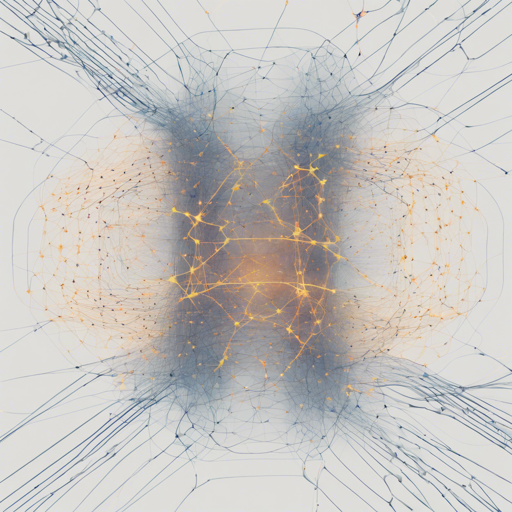Welcome to the exciting world of Bayesian Neural Networks (BNNs)! These neural networks have a knack for handling uncertainty and provide a robust way to incorporate prior knowledge into machine learning models. In this blog post, we’ll guide you through the ins and outs of implementing BNNs using PyTorch, relying on the README file of a practical repository dedicated to this purpose.
Getting Started with BNNs
To jump into the BNN realm, you need a few prerequisites:
- Python 2.7 or greater
- PyTorch 1.0.1
- Numpy
- Matplotlib
This project comes equipped with a flexible setup that runs smoothly on GPU or CPU based on availability. Shall we dive deeper?
Setting Up Your Environment
Follow these steps to set up the BNN framework in your local environment:
- First, ensure you have Python 2.7 installed. You can download it here.
- Install PyTorch 1.0.1. For installation instructions, visit the official PyTorch website.
- Install the required Python libraries with:
pip install numpy matplotlibUnderstanding Bayesian Inference Methods
The repository contains numerous methods to approximate inference in BNNs. Let’s illustrate one of them:
Analogy:
Imagine you are trying to find your way in a forest (representing the complex data space). Traditional neural networks would blindly follow a random path, not accounting for the uncertain twists and turns. They might hit a dead-end (overfitting) or stumble upon a treasure (reach accurate predictions). On the other hand, Bayesian Neural Networks equip you with a map (the prior knowledge) and a compass (uncertainty quantification), guiding you toward safe and fruitful paths.
Running Experiments
Once your environment is clean and set up, you can explore various BNN experimentations. For instance:
Regression Experiments
The repository has dedicated notebooks and scripts to conduct regression tasks. Here’s how to train a model on the MNIST dataset using Bayes by Backprop:
python train_BayesByBackprop_MNIST.py --model [MODEL] --prior_sig [PRIOR_SIG] --epochs [EPOCHS] --lr [LR] --n_samples [N_SAMPLES] --models_dir [MODELS_DIR] --results_dir [RESULTS_DIR]This command gives you the flexibility to specify various parameters, ensuring optimal outcomes based on your needs.
Troubleshooting Tips
If you encounter any issues while setting up your BNN or during experimentation, consider these tips:
- Ensure all libraries are appropriately installed and updated.
- Double-check your dataset paths and filenames.
- Run your scripts with the ‘-h’ flag to display available command options and their explanations.
- For more insights, updates, or to collaborate on AI development projects, stay connected with fxis.ai.
Final Thoughts
At fxis.ai, we believe that such advancements are crucial for the future of AI, as they enable more comprehensive and effective solutions. Our team is continually exploring new methodologies to push the envelope in artificial intelligence, ensuring that our clients benefit from the latest technological innovations.
With BNNs, you harness the power of uncertainty quantification to build models that are not only accurate but also insightful. Now go ahead, explore the depths of BNNs, and unlock their potential!

